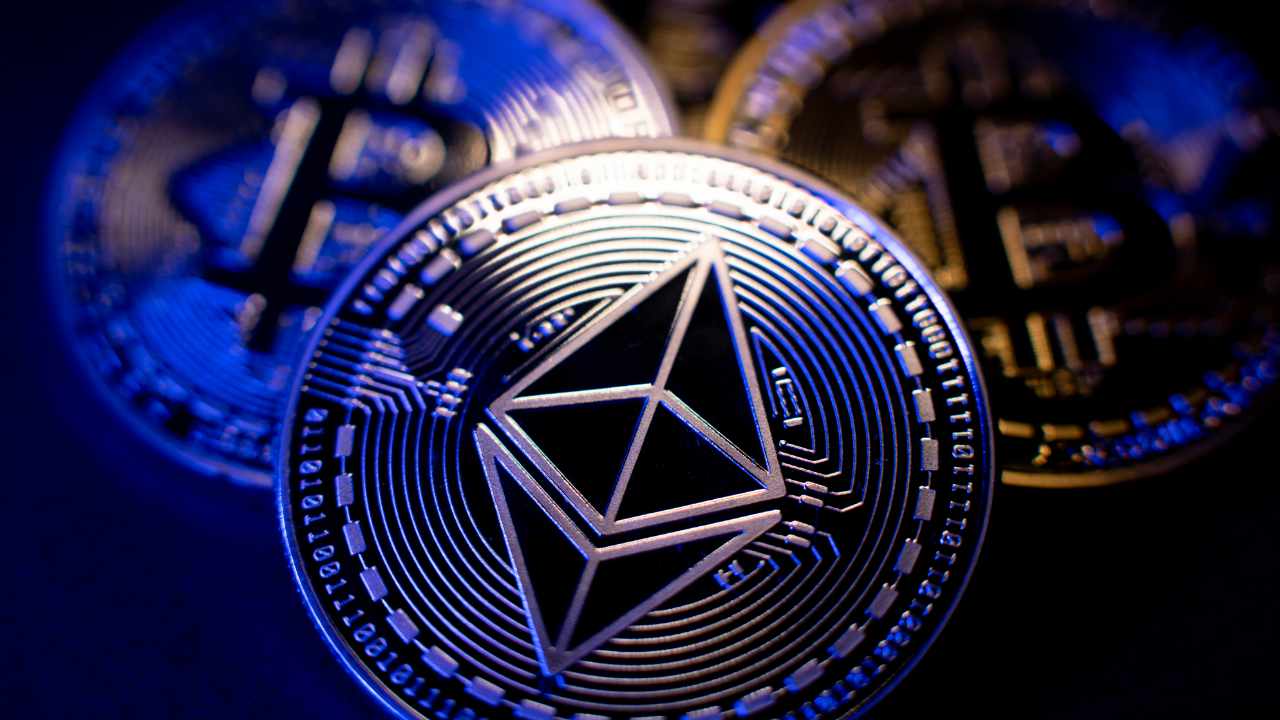While a spot Ethereum ETF remains elusive in the US, Ether futures ETFs are carving a niche for investors seeking exposure to this popular cryptocurrency. These innovative financial instruments offer a unique avenue for participation without directly holding the underlying asset. Let’s delve into the intricacies of Ether futures ETFs, exploring their mechanics, investment process, benefits, and potential drawbacks.
Understanding the Core Mechanism:
Imagine a contract guaranteeing the purchase of Ethereum at a predetermined price on a specific future date. These contracts, known as futures contracts, are the foundation of Ether futures ETFs. Investors gain access to these contracts through the ETF, which acts as a pool of funds used to acquire them. This eliminates the need for cryptocurrency wallets and exchanges, offering a regulated and familiar investment approach through traditional brokerage accounts.
Canada Paves the Way:
The year 2021 marked a significant milestone with the launch of the first Ether futures ETFs in Canada. While the US has approved futures-based ETFs, the SEC is yet to greenlight a spot Ether ETF, highlighting the regulatory landscape’s evolving nature.
Behind the scenes, asset management companies like Bitwise, VanEck, and ProShares meticulously manage these ETFs. They navigate the complexities of acquiring and managing futures contracts, ensuring compliance with legal requirements and continuously rolling over contracts to maintain exposure.
Also Read: Spot Ether ETF Approval in May? Crypto Market Maker GSR Lowers Odds Significantly
Investing in Ether Futures ETFs:
Investing in these ETFs involves a straightforward process. Choose a brokerage platform that supports them, identify the desired ETF (like the VanEck Ethereum Strategy ETF), conduct thorough research, and place a buy order to acquire shares.
VanEck Ethereum Strategy ETF: A Case Study:
This ETF serves as a prime example, offering regulated exposure to Ether futures while streamlining the complexities associated with direct ownership. Additionally, its C-Corp structure potentially enhances tax efficiency for long-term investors.
The Investment Process:
- Selecting a Brokerage: The first step involves setting up an account with a brokerage platform like Fidelity, Robinhood, Vanguard, or Charles Schwab that offers ETF trading capabilities.
- Finding the ETF: Utilize the ticker symbol (e.g., EFUT for VanEck Ethereum Strategy ETF) to locate the desired ETF among the available options.
- Conducting Due Diligence: Before investing, meticulously research the chosen ETF. Read the fact sheet and prospectus, paying close attention to the holdings, fees, and risks associated with futures contracts.
- Placing the Order: Similar to buying traditional stocks, place a buy order to acquire the desired number of shares in the chosen Ether futures ETF. Specify your order type (e.g., limit or market) to complete the purchase.
- Monitoring Performance: Following the purchase, keep a close eye on the ETF’s performance. Remember that Ether futures ETFs inherit the inherent volatility of Ethereum, which can be reflected in their share price.
C-Corp Structure and Potential Tax Benefits:
C-Corp structured Ether futures ETFs like the VanEck ETF may offer significant tax advantages compared to traditional RICs (Regulated Investment Companies). While C-corps are subject to both corporate and shareholder dividend double taxation, they offer flexibility in profit distribution and the ability to offset future gains with losses. This stands in contrast to RICs, which must distribute most of their profits to shareholders but avoid company-level tax through pass-through taxation.
The ability of C-Corps to carry forward losses and offset future gains can potentially translate to lower tax burdens for investors. Moreover, C-Corps are not required to distribute capital gains to investors, allowing more money to stay invested and compound over time. Additionally, payouts from C-Corp Ether futures ETFs are often taxed at the lower long-term capital gains rate, further enhancing potential after-tax returns.
Also Read: Bitcoin Ordinals vs. Ethereum NFTs: A Comparison of the Two Digital Collectibles
Advantages of Ether Futures ETFs:
- Convenience: Trade Ethereum without the need for cryptocurrency wallets or exchanges.
- Regulatory Protection: Benefit from the oversight and protection offered by existing regulatory frameworks.
- Potential Tax Benefits: C-Corp structures may offer tax advantages for long-term investors.
- Portfolio Diversification: Gain exposure to Ethereum within a diversified portfolio.
- Hedging Potential: Act as a hedge against traditional assets and potentially profit from market downturns.
Risks Associated with Ether Futures ETFs:
Investing in Ether futures ETFs comes with inherent risks, including:
- Price Discrepancies: The price of Ether futures ETFs may not always perfectly align with the spot price of Ethereum due to their reliance on tracking futures contracts. Additionally, contango (a scenario where futures prices exceed the spot price) can gradually erode returns as contracts are rolled over.
- Volatility: Ether’s inherent volatility is amplified in Ether futures ETFs, making them riskier investments compared to traditional assets.
- Complexity: Understanding the mechanics of futures contracts and the potential impact of factors like contango can be challenging for some investors.
- Management Fees: Ether futures ETFs charge management fees, which add to overall investment cost like any ETF. These fees can eat into potential returns.
Ether futures ETFs offer a gateway to the Ethereum market without directly owning the cryptocurrency. They provide a convenient, regulated avenue for investment, with potential tax benefits and the ability to hedge against traditional assets. However, investors must be aware of the associated risks, including price discrepancies, volatility, and the complexities involved.

